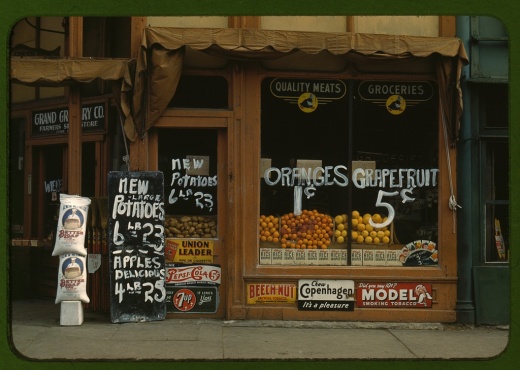Glen Tavern Inn in Santa Paula is on National Register of Historic Places
/Built in 1911, the Glen Tavern Hotel is Ventura County Historical Landmark No. 65 and was named to the National Register of Historic Places in September 1984. The Glen Tavern is a Craftsman/English Tudor style hotel with original dark wood paneling, some original light fixtures, stone fireplace and Craftsman columns.
Located at 134 N. Mill Street in Santa Paula, The Glen Tavern is the only national historic landmark in Ventura County you can actually stay overnight in. The 3rd floor of the hotel was once a gambling parlor and um, house of ill-repute. And stars like John Wayne, Carol Lombard, Harry Houdini and Steve McQueen stayed at the Inn.
There are 36 guest rooms and suites available in this historic hotel, which is walking distance or a short drive to a number of other attractions and points of interest, including:
- Santa Paula Art Museum
- Murals of Santa Paula
- Aviation Museum of Santa Paula
- California Oil Museum
- Agriculture Museum
- Southern Pacific Railroad and Moreton Bay Fig Tree
Enzo's Italian Restaurant is open Tuesday through Sunday for dinner at the Glen Tavern Inn.
Visit www.glentavern.com to learn more and to book a room!














